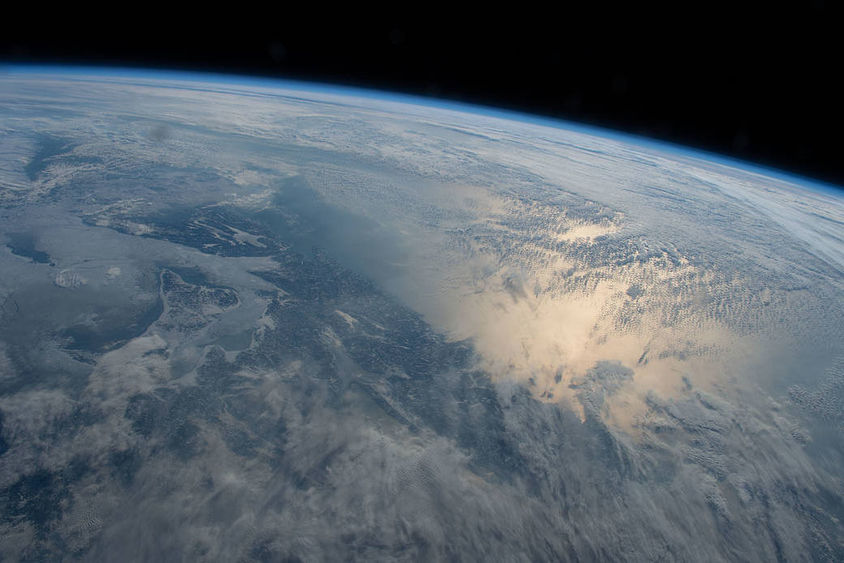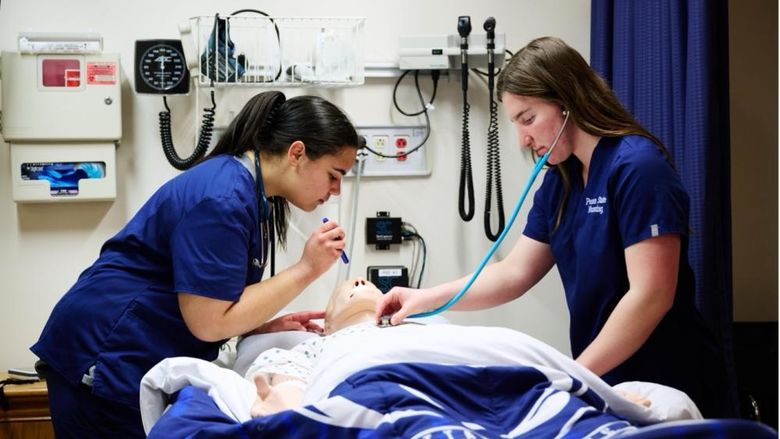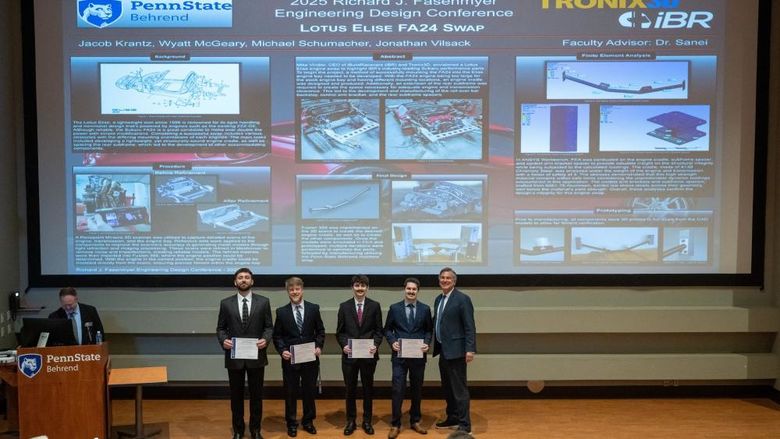
The new Consortium for Planetary and Exoplanetary Sciences and Technology focuses efforts at Penn State on studying how planets form, evolve and potentially become habitable, and on searching for life elsewhere in the solar system and far beyond.
UNIVERSITY PARK, Pa. — The quest to understand our place in the universe is one of the most enduring scientific pursuits. A new interdisciplinary planetary science initiative will focus efforts at Penn State on exploring and seeking out life in the solar system and far into the cosmos.
The Consortium for Planetary and Exoplanetary Sciences and Technology aims to provide a new approach to studying how planets form, evolve and become habitable, and detecting and potentially exploring these worlds. It brings together researchers from across departments, colleges and Penn State campuses.
“Penn State already has many of the pieces in place to establish a world-class planetary science program,” said Jim Kasting, Evan Pugh University Professor of Geosciences and inaugural director of the consortium. “This initiative provides a unique opportunity to coordinate our efforts and to become a leader in the emerging field of planetary system science. Together, we can address some of the most fundamental questions asked by humans.”
The consortium will connect researchers and students across the Eberly College of Science, the College of Engineering, the College of Earth and Mineral Sciences, the Materials Research Institute, and Penn State Erie, The Behrend College, and will provide an administrative home for planetary science.
“I’m delighted to see Penn State extending its leadership in exoplanets and astrobiology into planetary science, and fostering the interdisciplinary connections among them,” said Jason Wright, professor of astronomy and astrophysics. “This new consortium will only help grow the University’s existing expertise in space missions, exoplanetary astrophysics and the search for life in the universe.”
Penn State counts leaders in astronomy, engineering, meteorology and atmospheric science, geosciences and materials science and engineering among its faculty, and the consortium will help foster collaborations as these faculty members seek funding for space-related missions and to develop new technologies to enable those missions.
“There is a symbiosis between scientists and engineers,” said Sven Bilén, head of the Penn State School of Engineering Design, Technology, and Professional Programs and professor of engineering design, electrical engineering and aerospace engineering. “Scientists want to push the boundaries of what’s observable and that requires engineering to develop new technologies to enable those missions, and to find ways to get there better, cheaper and faster. There’s a lot of strength in putting these disciplines together to help catalyze those engagements across the University.”
The consortium will house three existing centers: the Penn State Astrobiology Research Center, the Center for Exoplanets and Habitable Worlds and the Penn State Extraterrestrial Intelligence Center. A fourth, the Center for Planetary System Science, is also planned.
“With this new consortium, Penn State aligns the administrative structure of its efforts with some of the most exciting work being done in the field,” Wright said. “I am looking forward to working more closely with my colleagues in astrobiology searching for life in the solar system, designing missions to explore the planets with my colleagues in engineering and interacting with new faculty that Penn State will be able to attract in planetary science.”
In addition to hiring faculty, the consortium aims to create academic degrees in planetary science from the undergraduate through doctoral levels and help Penn State compete for funding to lead prestigious planetary science missions.
“We are entering a golden age of exploration of the solar system and of planetary science,” said Katherine Freeman, Evan Pugh University Professor of Geosciences and director of the NASA-funded Astrobiology Center for Isotopologue Research at Penn State. “There is a new level of energy and excitement about solar system exploration and new technological possibilities of bringing actual materials back from farther and farther out in the solar system.”
NASA spends more than $1 billion annually on planetary science, sending missions to Mars and throughout the solar system, and private industry is becoming more involved, as companies like SpaceX and Blue Origin pioneer commercial space flight.
“We are really moving to a very different paradigm in which commercial entities, not just governments, are doing planetary science,” Bilén said. “Private companies are thinking of going to the moon or Mars and they see resources available in smaller extraterrestrial bodies like asteroids. Those companies are going to need to understand those environments to be successful, and that’s where science steps in.”
Penn State scientists and engineers are already active in planetary science research: aerospace engineers are part of a team designing drones to explore Saturn’s largest moon, Titan; Christopher House, professor of geosciences, is a science theme lead on the Mars Curiosity Rover team; and Wright recently received NASA funding to look for signs of technology used by past or present extraterrestrial civilizations.
Through the consortium, the University can pursue additional opportunities like leading NASA Discovery and New Frontier missions and developing new instruments for these missions and to detect and characterizing habitable exoplanets.
“I think exoplanets offer an exciting possibility of finding life,” Kasting said. “And even if we find a bunch of Earth-like planets and none of them have life, we’ll learn that we hold a very special place in the universe.”
Patricia Craig
Marketing and communications, Earth and Mineral Sciences





